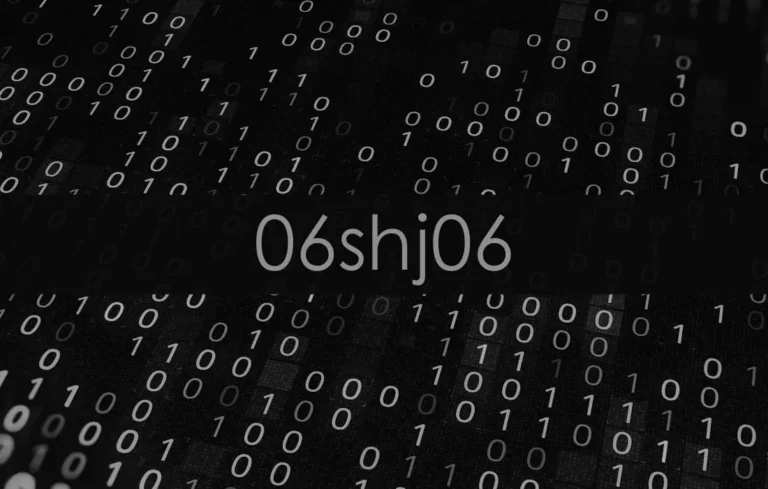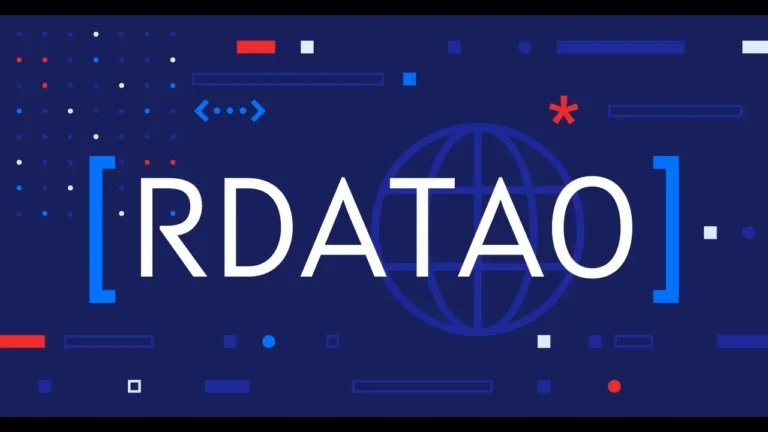Free Undress AI: Ethics and Future Implications
In recent years, AI (Artificial Intelligence) has rapidly transformed various industries. One controversial application is the rise of undress AI technologies, commonly referred to as “free undress AI.” These tools use AI to manipulate images, often creating unethical or inappropriate representations of people without their consent. While AI holds incredible potential, the existence and use of undress AI raises significant ethical concerns. This article will explore what free undress AI is, how it works, and the impact it has on society, privacy, and consent.
What is Free Undress AI?
Free undress AI refers to software that uses AI to undress or alter images of individuals, making it appear as though they are unclothed. These applications typically rely on advanced image recognition and machine learning techniques. By feeding the software an image, users can generate manipulated photos that appear realistic. Although marketed as “free,” these tools often exploit sensitive images, raising alarm bells around privacy invasion and potential misuse.
How Does Free Undress AI Work?
Free undress AI tools are typically powered by machine learning models trained on thousands of images. These models learn to recognize patterns in clothing and skin, enabling the AI to replace or remove clothing in an image. Once the input image is processed, the software generates an altered version where the person appears undressed, sometimes with shockingly realistic results.
These AI tools work through the following steps:
- Image Input: The user uploads or selects an image of an individual.
- Pattern Recognition: The AI identifies clothing patterns, contours, and the body structure.
- Image Manipulation: Using the recognized patterns, the software then modifies the image to produce the undressed result.
- Final Output: The user is provided with a final manipulated image.
Accessibility and Distribution
One reason for the rapid spread of free undress AI is its easy accessibility. Many websites or apps offer these tools for free, allowing anyone with an internet connection to use them. This widespread availability increases the chances of misuse, and in some cases, users don’t fully grasp the legal or ethical ramifications of their actions.
Ethical Concerns Surrounding Free Undress AI
The concept of free undress AI brings up numerous ethical questions, primarily around privacy, consent, and the misuse of AI technology. Here are the main ethical issues:
1. Violation of Privacy
Perhaps the most significant ethical issue surrounding free undress AI is the violation of privacy. By altering images without the subject’s knowledge or consent, these tools disrespect the individual’s right to privacy. In many instances, the manipulated images are shared online without the person’s permission, leading to significant harm.
2. Non-Consensual Image Manipulation
A major concern is the potential for non-consensual image manipulation. Many individuals targeted by free undress AI are unaware their photos are being altered. This manipulation can result in deep emotional distress, especially when these photos are distributed online.
3. Potential for Harassment
Free undress AI can be used as a weapon in cases of cyberbullying or harassment. Malicious actors can use these tools to humiliate or blackmail others by creating and sharing manipulated images, which can lead to reputational damage and emotional harm for the victim.
4. Impact on Trust in AI
As AI technology continues to develop, tools like free undress AI can erode public trust in its potential. Instead of focusing on its beneficial applications, the misuse of such technology may lead people to question the ethics of AI development overall.
Legal Implications of Free Undress AI
The legal landscape surrounding free undress AI is still developing. Laws and regulations have not kept pace with rapid advancements in AI technology, making it difficult to enforce penalties for misuse.
1. Invasion of Privacy Laws
In many countries, the distribution or creation of manipulated images without consent falls under invasion of privacy laws. However, the effectiveness of these laws varies depending on the region. Victims may struggle to take legal action due to the difficulty of identifying offenders, especially when images are shared anonymously online.
2. Revenge Porn Laws
In some jurisdictions, free undress AI images might be treated under “revenge porn” legislation. These laws criminalize the sharing of non-consensual explicit images, whether they are real or fake. However, even in areas with such laws, enforcement can be challenging due to the anonymous nature of online activity.
3. Copyright and Intellectual Property
Another angle of concern is the potential violation of copyright. When free undress AI uses images without the creator’s consent, it can breach intellectual property rights. This could lead to legal claims from photographers, image owners, or even the subject themselves.
4. Platform Accountability
There is growing pressure on social media and web platforms to take accountability for the content shared by their users. Many platforms are now working to detect and remove manipulated images created by free undress AI, but their response is often slow, allowing damaging content to spread before it is addressed.
Potential Solutions to Address Free Undress AI
Addressing the challenges presented by free undress AI will require a multi-faceted approach. A combination of legal, technological, and societal measures can help mitigate the harmful effects.
1. Stronger Legislation
Governments need to update and enforce laws that explicitly criminalize the use and distribution of non-consensual AI-generated images. Clear definitions around the ethical use of AI and harsher penalties for offenders will help curb the misuse of such technologies.
2. AI Detection and Prevention
Technological advancements can also be part of the solution. By developing AI that can detect altered or fake images, platforms can prevent the distribution of manipulated content. Many platforms already use such tools to combat “deepfake” videos, and these efforts could be expanded to address free undress AI images.
3. Platform Responsibility
Websites and apps hosting free undress AI tools should be held accountable for their role in facilitating image manipulation. This could involve stricter content moderation policies, quicker removal of inappropriate content, and more transparent reporting mechanisms for victims.
4. Public Awareness
Raising public awareness about the dangers and consequences of using free undress AI is essential. Many individuals, especially younger users, may not fully understand the ethical and legal implications of such tools. Education campaigns, particularly on social media, can inform users of the potential harm and consequences.
The Future of Free Undress AI
As AI continues to develop, we are likely to see more sophisticated image manipulation tools. This raises concerns about the growing ease of creating realistic but fake content. In the future, AI regulations will need to be more comprehensive to keep pace with the rapidly evolving technology landscape.
1. Advances in AI Capabilities
AI tools will only continue to improve, allowing for even more realistic and undetectable image alterations. While this presents opportunities for beneficial uses, it also heightens the risks of unethical applications like free undress AI.
2. Greater Emphasis on AI Ethics
In response to the potential misuse of AI, there will likely be a stronger emphasis on ethical AI development. Organizations and developers are beginning to prioritize responsible AI usage, embedding ethical considerations into the design and release of AI-powered tools.
3. Collaboration Between Tech Companies and Governments
To effectively address the challenges posed by free undress AI, collaboration between tech companies and governments is crucial. Governments can provide the legal framework, while tech companies can develop the tools and platforms that prevent misuse.
4. Evolving Social Norms
As society becomes more aware of the implications of free undress AI, social norms around privacy, consent, and technology use will continue to evolve. There will likely be stronger stigmatization of those who misuse AI, leading to greater accountability and fewer incidents.
Conclusion
The rise of free undress AI presents complex challenges that span ethical, legal, and societal issues. While the technology itself may offer powerful capabilities, its misuse poses significant risks to privacy, consent, and the well-being of individuals. Addressing these concerns requires a combination of stronger laws, technological solutions, and public awareness campaigns. As AI continues to evolve, it’s crucial that society prioritizes responsible use to prevent the harmful consequences of tools like free undress AI.






